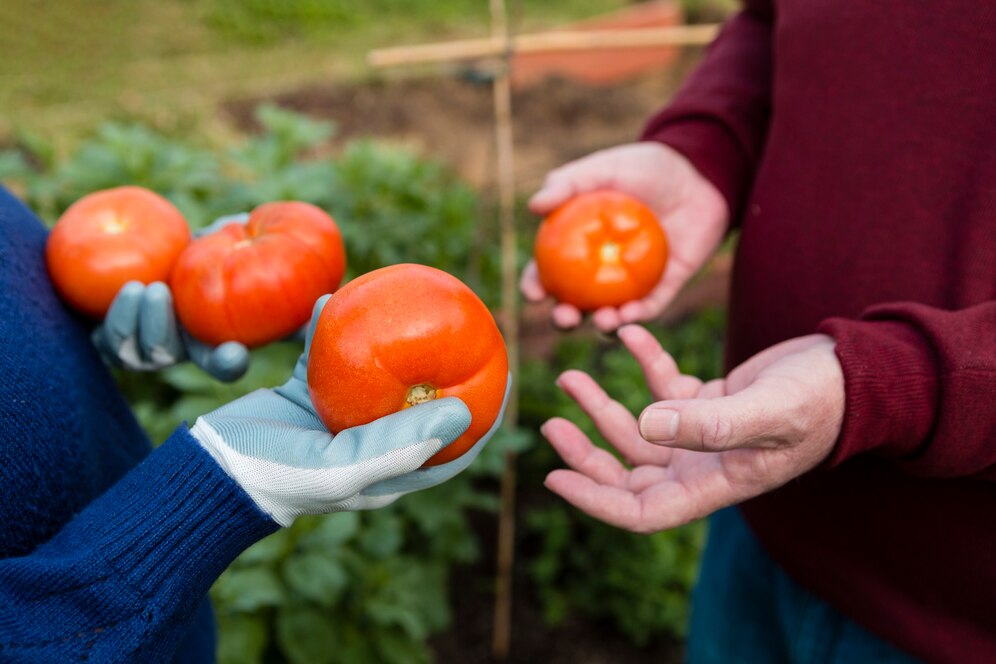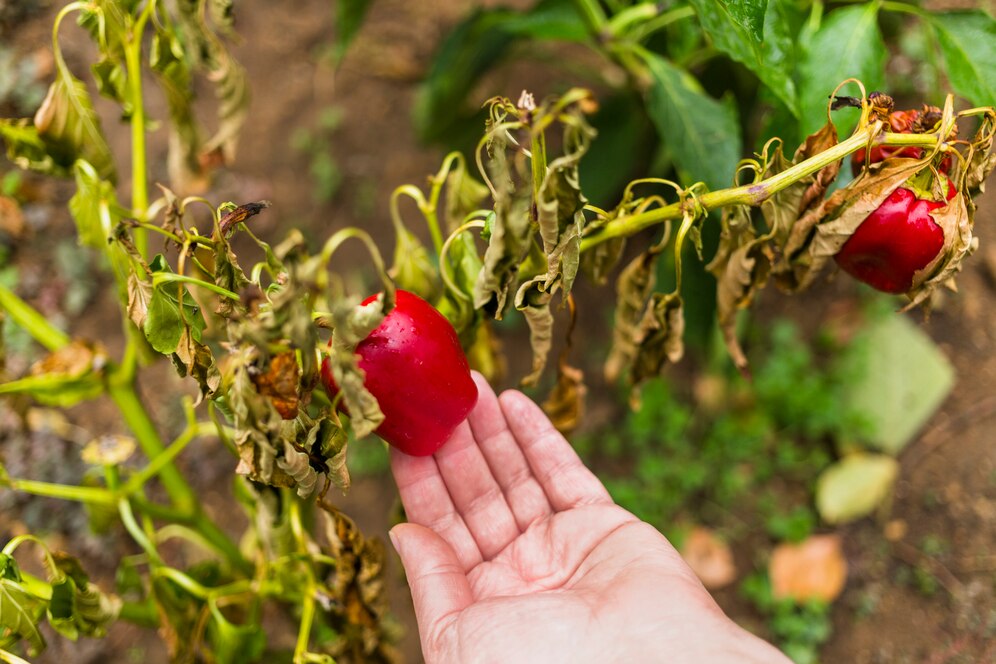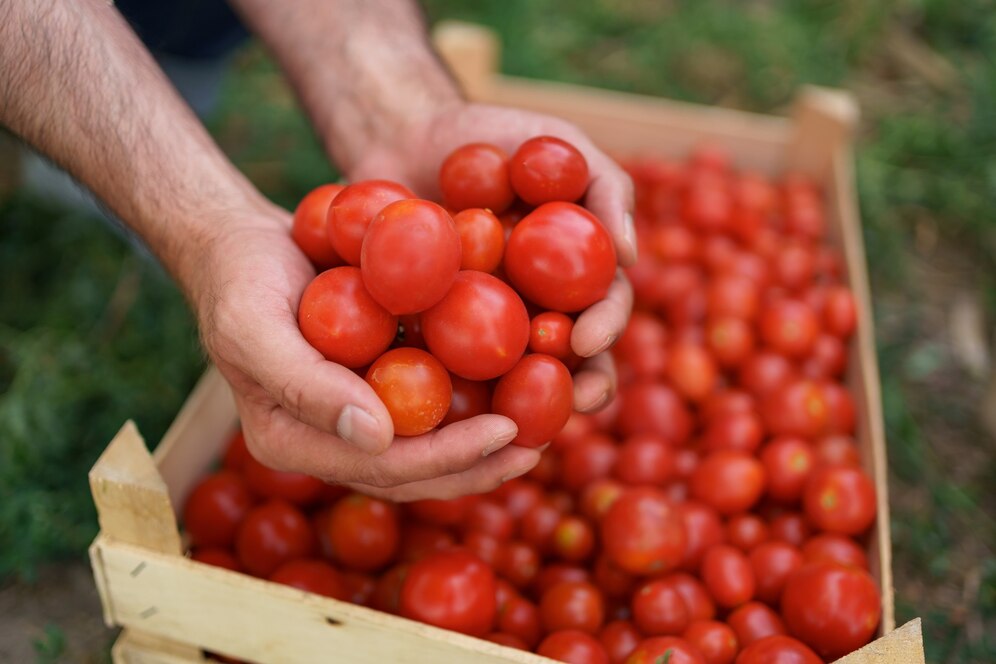In the world of agriculture, tomato farming stands out as one of the most popular and lucrative ventures. Whether you’re a seasoned farmer or just starting out, mastering modern strategies can significantly enhance your success in tomato cultivation. In this blog post, we’ll delve into some key tips and techniques that can help you optimize your tomato farming operation and achieve higher yields.
- Selecting the Right Varieties: One of the first steps towards success in tomato farming is choosing the right varieties to grow. Consider factors such as your location, climate, soil type, and market demand. Opt for disease-resistant varieties whenever possible to minimize the risk of crop loss.
- Soil Preparation and Fertilization: Tomatoes thrive in well-drained, nutrient-rich soil. Prior to planting, conduct a soil test to determine its pH level and nutrient content. Amend the soil as necessary to achieve the ideal conditions for tomato cultivation. Incorporate organic matter such as compost or aged manure to improve soil structure and fertility. Additionally, develop a fertilization schedule based on the specific needs of your tomato plants throughout their growth stages.

- Proper Planting Techniques: When planting tomatoes, follow recommended spacing guidelines to ensure adequate room for growth and airflow between plants. Planting in raised beds or using mulch can help regulate soil moisture and temperature, leading to healthier plants and higher yields. Consider using techniques such as drip irrigation to deliver water directly to the root zone while minimizing water waste.
- Pest and Disease Management: Tomato plants are susceptible to a variety of pests and diseases that can impact yield and quality. Implement integrated pest management (IPM) strategies to monitor and control pests while minimizing the use of chemical pesticides. Regularly inspect plants for signs of pest infestation or disease symptoms, and promptly take appropriate action to mitigate damage. Consider using companion planting or biological controls to naturally deter pests and enhance plant health.

- Pruning and Training: Proper pruning and training techniques can help optimize plant growth, airflow, and fruit production. Remove suckers that develop in the crotch joints of tomato plants to redirect energy towards fruit development. Support tomato plants with stakes, cages, or trellises to prevent them from sprawling on the ground and reduce the risk of fruit rot. Regularly prune foliage to improve air circulation and reduce the likelihood of fungal diseases.
- Monitoring and Maintenance: Regular monitoring of your tomato plants is essential for identifying issues early and implementing timely interventions. Keep an eye out for signs of nutrient deficiencies, water stress, or pest infestation, and take corrective measures as needed. Maintain good weed control to minimize competition for resources and prevent the spread of pests and diseases. Stay vigilant throughout the growing season to ensure optimal plant health and productivity.
- Harvesting and Post-Harvest Handling: Knowing when and how to harvest tomatoes is critical for maximizing flavor, quality, and shelf life. Harvest tomatoes when they are fully ripe but still firm, and handle them carefully to avoid bruising or damage. Proper post-harvest handling practices, such as gentle washing and proper storage, can help preserve the freshness and flavor of tomatoes and extend their shelf life.
If you want any advice for your farming, you can contact us…
By incorporating these modern strategies into your tomato farming practices, you can increase your chances of success and enjoy a bountiful harvest. Stay informed about the latest developments in tomato cultivation and be willing to adapt your techniques to suit your specific growing conditions. With dedication, diligence, and a bit of innovation, you can cultivate healthy, productive tomato plants year after year.



